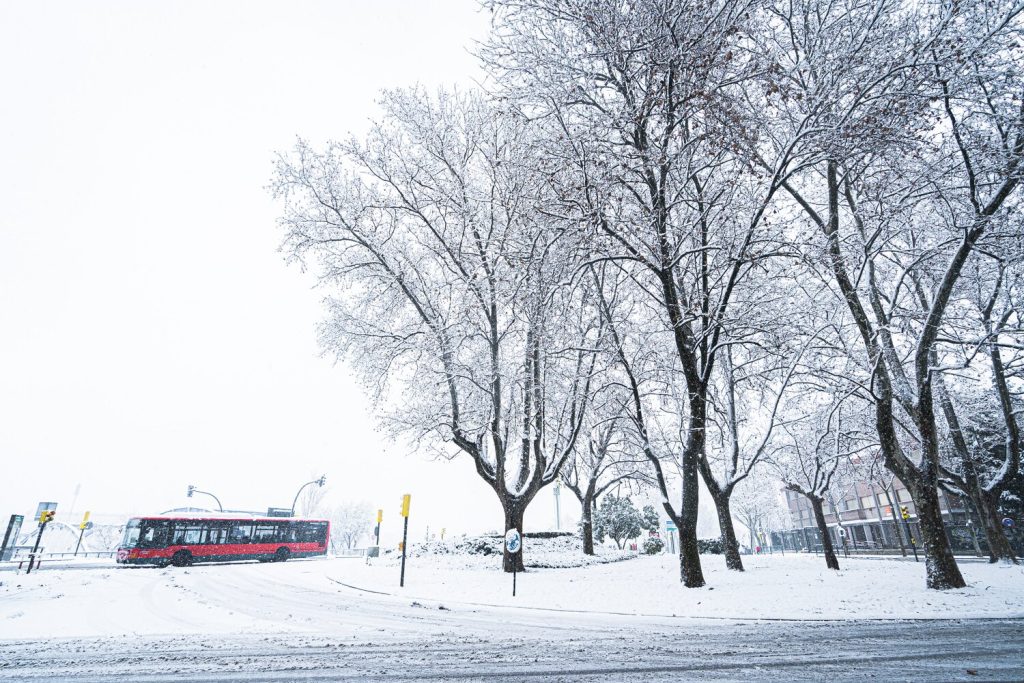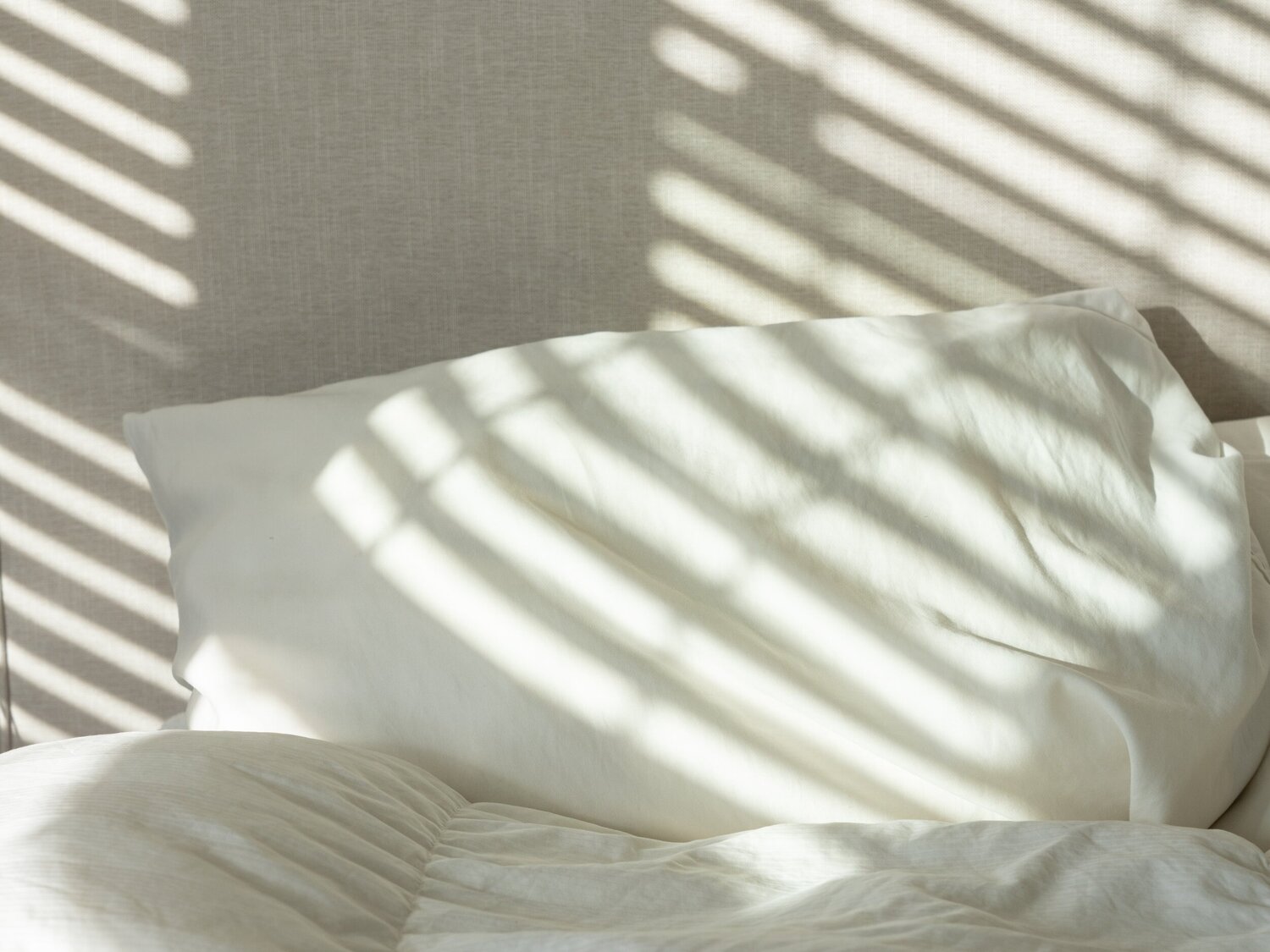February 25, 2021
When Should I Set The Temperature to 72 Degrees?

The way you use your thermostat can have a significant impact on your monthly bills and overall comfort in your home. That’s why it’s important to be both strategic and intentional about what temperature you are setting in your home: if you get it right, you could reduce your energy bill by 5%-15%!
The best time to set the temperature to 72° degrees is when you are at home during the day in the wintertime. When temperatures drop at night, set the thermostat to 68° while you keep warm in bed. When it’s hot outside, 72° is too low to set your thermostat.
Why Should I Set The Temperature to 72° Degrees?
It is great to set the temperature to 72 degrees in the wintertime because it’s a comfortable temperature while still being cold enough to save energy.
The closer your house is to the temperature outside, the less your HVAC system has to work to maintain the temperature. This translates to lower energy costs and cheaper bills. In winter, set your thermostat as low as you can to save energy. 72° tends to be a sweet spot where people feel comfortable while still reducing the energy they spend on heating.
When Not to Set The Temperature To 72° Degrees
72° isn’t the right temperature to set all the time. There are a lot of different factors to consider as you choose how to program your thermostat, including your own personal comfort level, the hours you spend in the house, and the prevailing outdoor temperature in your area.
When to Set The Temperature Higher Than 72°
During the summer months when temperatures outside are in the 80s and 90s if you set the temperature to 72 degrees that will cause your HVAC system to work almost constantly to keep your house cool. It is far more efficient to keep the temperature as warm as you can bear – with the recommendation to set your thermostat to 78°-82° during the summer months.
Open windows in the cool early mornings to let cool air into your home and keep curtains drawn in the hotter parts of the day to help you to keep temperatures low in summer.
Fans are another way to keep yourself feeling cool in spite of high temperatures in the summer.
If you’ve decided that you want to set the temperature to 72 degrees no matter how hot it is outside, consider using your thermostat timer to be strategic about when to lower the temperature in your home. When you are at work, for example, time it so that the air conditioner isn’t cooling an empty house. Keep your house at 85° when you aren’t home to save energy and money, then you can program your thermostat to set the temperature to 72 degrees just before you normally arrive back home.
When to Set The Temperature Lower Than 72°
If you set the temperature to 72 degrees during the day in wintertime, you may want to consider lowering the temperature at night. It is colder at night, so your HVAC system will have to work harder to keep your home at 72° during the night than during the day.
At night you are in bed, in layers and blankets, and so you don’t need the air to be as warm as you do during the day when you are moving around. It is a good idea to lower your thermostat to 68° or lower during the night in wintertime for maximum efficiency.

If you toggle too much with your thermostat, the constant changes in temperature will actually cost you more, because it takes energy to be rapidly heating and cooling. Choosing one temperature for when you’re present in your home and one temperature for when you are out of the house and asleep is a good way to be efficient and strategic with your thermostat.
Exceptions to The Rule
These are broad guidelines for when to set the temperature to 72 degrees, but there are always exceptions to the rule.
Vacations And Trips
One of the biggest exceptions is when you go on vacation. Leaving an empty house for longer than a day is an opportunity to lower your energy bill by keeping the HVAC system working as little as possible. Don’t set the temperature to 72 during a vacation – instead, consider setting it as high as 85° if you are vacationing in summer and as low as 65°.
Any higher than 85° and you risk increasing the likelihood of mold and damaging your glass and plastic fixtures and possessions. Any lower than 60° and you risk damage to your pipes and plumbing.
Comfort
Another reason you may not want to set the temperature to 72 degrees is if it is simply too cold for you. 72 is a comfortable temperature for many people, but if you are consistently finding that it is too cold for you, don’t put pressure on yourself. Wrap up warm and put your thermostat a few degrees higher.
Health Issues
If you are elderly or struggling with illness – temporarily or chronically – it is often easier to recover in a warmer environment. Setting your temperature closer to 78° is a better idea to give your body the best chance to stay healthy and well.
Final Thoughts
This guide to when you should set the temperature to 72 degrees is a great jumping-off point for you to consider how you’re using energy. A few simple questions will help you to be more efficient: what are the hours that you consistently spend at home? What are typical outdoor temperatures for your area as the seasons change? What temperatures are comfortable for you?
Generally, you should set the temperature to 72 degrees during the hours you spend at home during the day in winter – but ultimately, your thermostat should be tailored to your needs, so don’t be afraid to experiment until you find a temperature that works for you. For more ideas about how to save energy in your home, check out our blog!

Leave a Reply